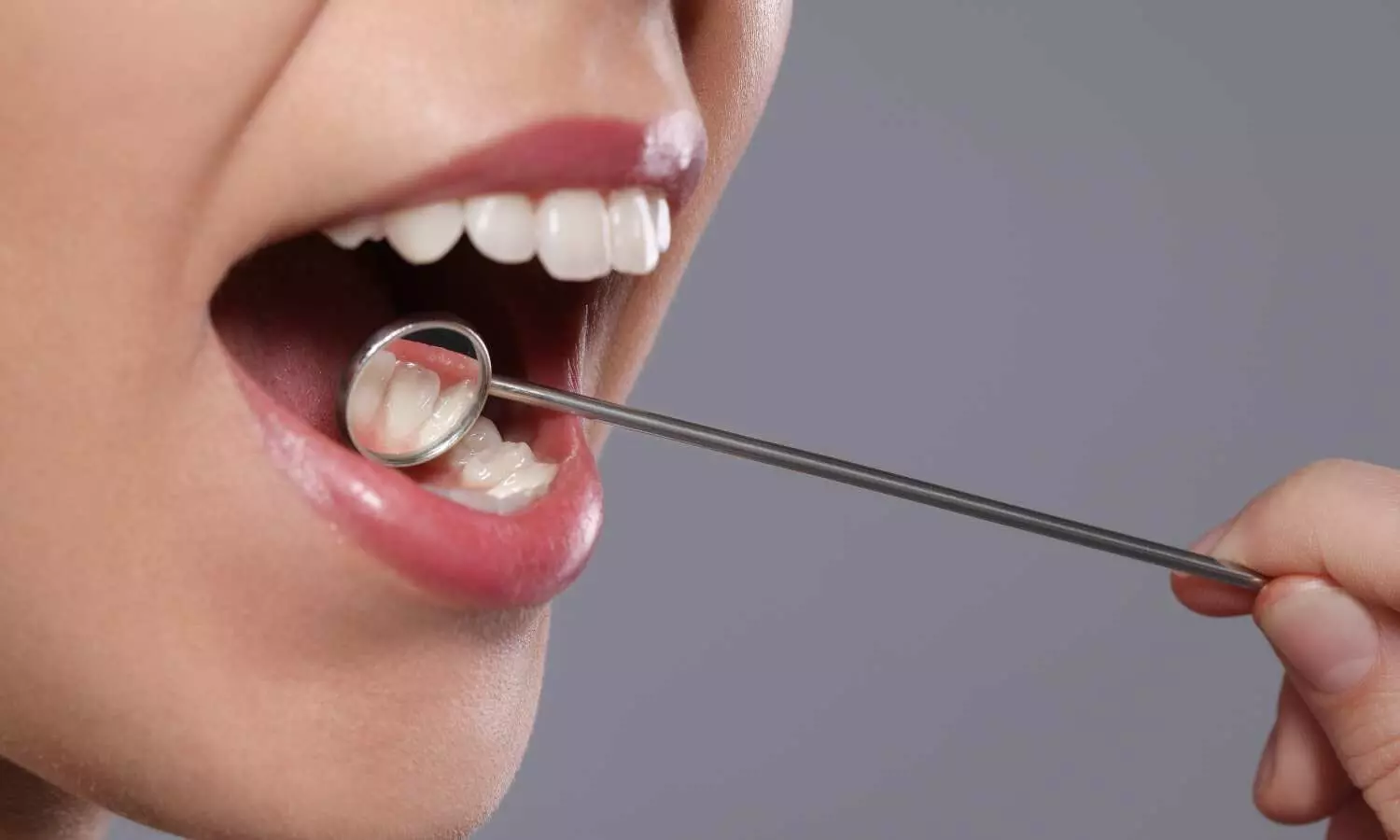Fiber-Reinforced Restorations Improve Fracture Resistance in Endodontically Treated Teeth: Study
- byDoctor News Daily Team
- 04 October, 2025
- 0 Comments
- 0 Mins

A recent study published inClinical Oral Investigationsby Lena Bal, Cangul Keskin, Aybuke Karaca Sakall, Bilge Ozcan, investigated the effect of different reinforcement materials on the fracture resistance of mesio-occluso-distal (MOD) cavity restorations in endodontically treated teeth. The researchers aimed to determine how applying fiber-reinforced composites to the cervical and coronal segments of teeth could impact their durability. This study is particularly relevant because vertical fractures in MOD restorations are among the most common failures observed in endodontically treated teeth, and improving restoration strength is essential for long-term success and preservation of dental function. The study involved eighty-four freshly extracted human mandibular molars, prepared with standardized MOD cavities and endodontically treated. Teeth were divided into groups based on the combinations of reinforcement materials applied to the cervical and coronal segments, including flowable composite, posterior composite, EverX flow, EverX posterior, and Ribbond. After thermocycling, fracture resistance was evaluated using a universal testing machine, and failure patterns were examined under a stereomicroscope. The authors reported that fiber-reinforced structures provided superior fracture resistance compared to conventional composites, particularly when applied to the cervical segment. This suggests that strategic placement of reinforcement materials in restorative procedures can enhance structural integrity, helping to reduce the risk of fractures in teeth subjected to functional load. According to Bal et al., the findings underscore the clinical importance of material selection and placement in endodontic restorations. Fiber-reinforced composites were not only stronger than Ribbond but also packable and suitable for mesio-occluso-distal cavity restorations, making them practical for routine dental practice. The authors conclude that combining different resin-reinforced composites in cervical and coronal segments improves fracture resistance and provides a reliable method to enhance tooth durability after endodontic therapy. This study offers valuable guidance for dental professionals seeking evidence-based strategies to strengthen restorations and extend the longevity of endodontically treated teeth.
Disclaimer: This website is designed for healthcare professionals and serves solely for informational purposes.
The content provided should not be interpreted as medical advice, diagnosis, treatment recommendations, prescriptions, or endorsements of specific medical practices. It is not a replacement for professional medical consultation or the expertise of a licensed healthcare provider.
Given the ever-evolving nature of medical science, we strive to keep our information accurate and up to date. However, we do not guarantee the completeness or accuracy of the content.
If you come across any inconsistencies, please reach out to us at
admin@doctornewsdaily.com.
We do not support or endorse medical opinions, treatments, or recommendations that contradict the advice of qualified healthcare professionals.
By using this website, you agree to our
Terms of Use,
Privacy Policy, and
Advertisement Policy.
For further details, please review our
Full Disclaimer.
Recent News
Health Ministry Proposes Barcoding Rule for All Va...
- 23 October, 2025
Boehringer Ingelheim Jascayd gets nod in China for...
- 23 October, 2025
Mizoram reports 121 multidrug-resistant TB Deaths...
- 23 October, 2025
GSK Shingrix new prefilled syringe presentation ge...
- 23 October, 2025
Daily Newsletter
Get all the top stories from Blogs to keep track.


0 Comments
Post a comment
No comments yet. Be the first to comment!